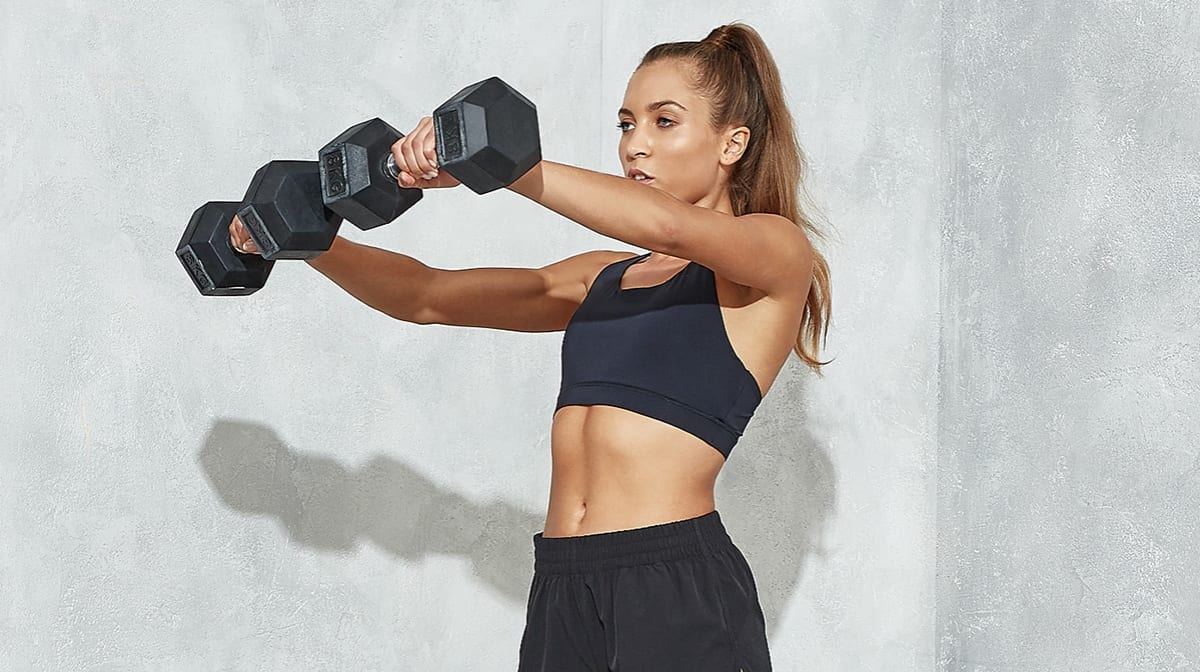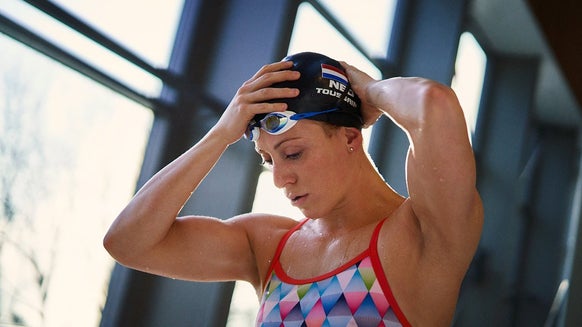
Written by Jack Boardman
Building Biceps
Your biceps are comprised of two (bi) muscles – referred to as the long head and short head. They rest on the upper arm, starting their connection to the body on the scapula and running downward and inserting into the forearm, more specifically, the radius bone. Bicep muscles raise the forearm towards the shoulder, as well as the supination of your forearm. This means that its two main functions are to curl and pull, and the control of lowering the forearm back down.
To strengthen and develop your biceps, you will need to do exercises that focus on these movements. But bicep training needn’t be just curling alone. In fact, diversity and a spot of ingenuity may work in your favour. Biceps are a small muscle group, meaning you should not overwork them more than you would with larger muscle groups. What does that mean? Take your quads as an example, as this area is comprised of more muscles working together to perform an action, the movement is not as immediately exhausting – you have more horsepower in larger muscle groups so if you put a smaller muscle group to the same test, like your biceps, they will quickly be overworked and not as capable of the same strength, sets and reps.
Whereas isolated bicep exercises will work the muscles like nothing else, you might not have realised that other parts of your weekly workout plan also channel the biceps. As said, anything that involves pulling and curling will work your biceps, so working your back by pulling bars, pull-ups, rowing and climbing will exercise your biceps. This isn’t bad news if you’re working for bigger biceps, but it means that you may want to factor this in when writing up your workout plans for the week. For example, on back day, pre-exhaust your biceps with some curls before working the back and then again at the end of the session. Our advice here is to make sure any day dedicated to your arms is two or three days apart. Your muscles need time to recover, build and develop.
Biceps are not especially used in many sports. Think about it, any sport that does overly use a pulling or curling motion, also would not benefit from isolated, exhaustive exercise prior to game day. Tightness in the biceps can restrict the arms’ movements when running, particularly sprinting. It will also inhibit throwing activities, swinging, lifting and pulling movements. Because of this, we would recommend that athletes and sportspersons make sure they completely rest the biceps following any isolated or exhaustive training prior to a sporting event.
When training the aforementioned long and short heads, a simple tip is to alternate palm up and palm down exercises when curling. Another theory for training the two heads is to vary the width of your grip when curling. Try a variation of both short and wide grips.
If you’re beginning to train your biceps, four – six sets twice a week is recommended, increasing to 10 – 12 when you feel you are advancing and know your body’s capabilities and recovery tendencies.







